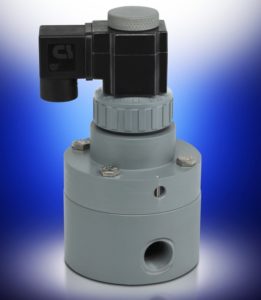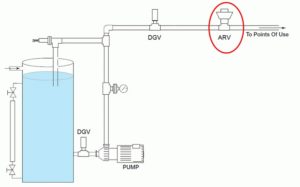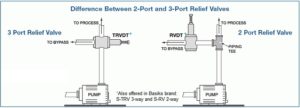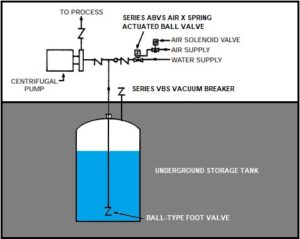Case Story: Air Operated Valve Solves Paint/Varnish Production Problems
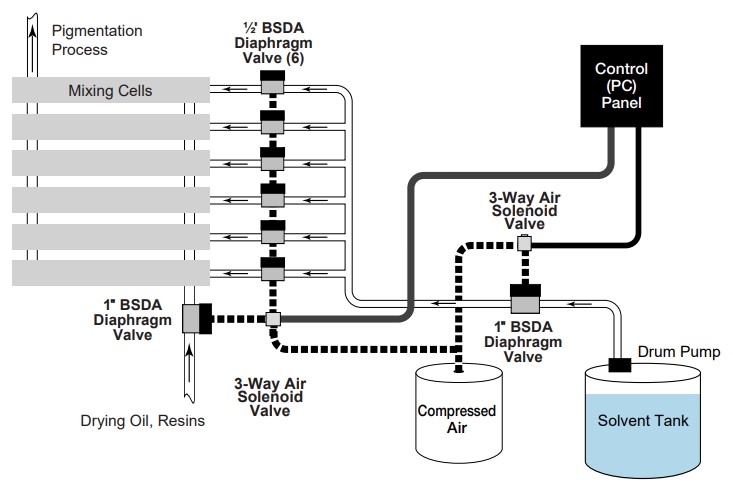
Air Operated Valve Solves Paint/Varnish Production Problems Elastomer swelling, leaking eliminated (Image source: Plast-O-Matic Valves, Inc.)
Application Overview
A chemical manufacturer was experiencing significant problems with corrosion and quality control in a mixing system used for specialty varnishes. The process originally relied on a series of brass solenoid valves to add solvents, which change frequently depending on the batch requirements. While the valves functioned properly with some of the chemicals, they were subject to serious corrosion by others, and failed after a few thousand cycles. In extreme cases, the resulting leaks could potentially require costly clean up and reporting measures.
System engineers converted the valves to a series of low-cost, electrically controlled thermoplastic ball valves. Unfortunately the problems continued, as the discount actuators were subject to occasional failures. But a more troublesome issue involved the multiple elastomer o-rings used in the ball valves. When highly aggressive solvents were used in a batch, some of the formulas attacked the materials and the o-rings would swell, binding the valves. In addition, any resulting leaks carried the same costly implications.
The manufacturer contacted Plast-O-Matic about building ball valves with perfluoroelastomer o-rings such as Kalrez, which are virtually impervious to chemical attack. Unfortunately the number of o-rings required pushed costs to an exorbitant level.
Compact, Elastomer-Free Alternative
As an alternative, Plast-O-Matic’s Technical group recommended switching to air-operated PTFE diaphragm valves with no wetted elastomers. Series BSDA differs significantly from multi-turn diaphragm valves as it uses compressed air to open a piston, and an isolated spring to close it automatically when the air is diverted by the process control system.
Although Series BSDA is tested to over 1,000,000 cycles in laboratory conditions, it has redundant leak prevention via a patented “Fail-Dry” early warning vent. In the unlikely event that the PTFE diaphragm is compromised, a second, sealed chamber isolates any leaking liquid and allows it to be conveyed to a safe location. The valve may be turned off, or it may be determined to continue operations until maintenance can be conveniently scheduled.
The varnish process uses BSDA valves with Kynar PVDF bodies on the solvent lines, and PVC body valves on the less aggressive feed lines. Plast-O-Matic recommends periodic scheduled inspections of the diaphragms, which can be easily replaced if wear is evident. To date the valves have cycled over 250,000 times with no failures.
Source: Plast-O-Matic Valves, Inc.



